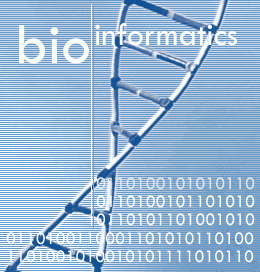|
|
ant
|
 |
| Home | About me | Research | Profile | Bioinformatics | Java Corner | Picture Gallery | Contact me |
GeneCodeXML (Master's Project)
I am developing an evolutionary XML bio-sequence
data representation based on the current W3C
XML Schema 1.1 standards. Through this effort, I intend to synergize
the efforts of XML representation of bioinformatics data. I intend to
combine existing standard XML representation of the various aspects of
biological data like bio-sequence (RNA/DNA/AA) , gene expression and protein
structure data with evolutionary data to form GeneCodeXML. My project
is a sub project of bigger effort being carried out by Dr.
Stephen Freeland and his lab at UMBC's Biological Sciences department
to use evolutionary data to address the challenges in Bioinformatics at
3 frontiers: a) sequence alignment and homology detection b) heterogeneous
gene expression c) protein structure prediction. For this work, I am exploring
the existing XML representation namely ProXML,
BSML, RNAML,
GAME, MAGE-ML,
SPTr-ML and others
for my work.
In the next phase of the project, I plan to apply
this GeneCodeXML to derive customized PAM matrices for vertebrate mitochondrion.
In am currently implementing web services for Non-Standard Genetic Code
database.
The role of web services in developing an extensible
bioinformatics tools for sequence analysis (Independent Study)
Biological sequence analysis is a cornerstone of the emerging field of
bioinformatics research that addresses many problems of applied biology
(e.g. reconstructing long sequences from a random pool of shorter, overlapping
fragments, preparing genetic maps etc.) to theoretical biology (homology
searching, sequence alignment , phylogenetic reconstruction etc.). Indeed,
more than 18,000 publications have included "sequence analysis"
in their title, keyword or abstract since 2001. In this work, I would
be reviewing the free, open-source tools that are available to perform
homology searching, sequence alignment and phylogenetic reconstruction.
I would be testing the applicability of web services model construct extensible
sequence analysis tools.
Microarray data analysis using artificial neural networks
Microarrays allow us to study the molecular mechanisms underlying the tumors and the past patient outcomes by facilitating the monitoring of expressions of thousands of genes in one experiment. Cluster analysis has been applied to analyze the breast cancer data generated by microarray with inadequate results. Articial neural networks (ANN) are very powerful tools for classification problems and can give accurate patient diagnosis and prognosis. In this study, we apply artificial neural networks for prognosis of breast cancer.